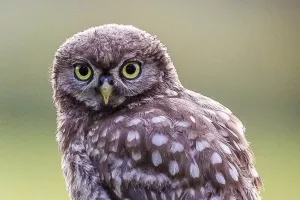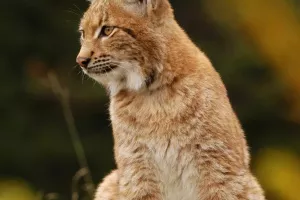Hummingbirds are fascinating little birds with their long beaks and fast-moving wings. Brightly colored and mesmerizing, hummingbirds are some of the most interesting of the over 18,000 bird species in the world. They can be seen darting around nectar feeders and flowers across the U.S. How much do you know about these tiny, feathered friends?
1. What Foods Are in the Hummingbird Diet?
You typically see hummingbirds at nectar blooms and sugar-water feeders, but they also eat tree sap and small insects when flowers are hard to find in the wild. Nectar is the high-octane nourishment that fuels hummingbirds, but they also need body-building protein. They spend considerable time hunting and eating the small insects, spiders and other arthropods that provide the vital compound. Thanks to the fliers’ amazing agility and the special adaptation that essentially makes their bills spring-loaded sets of chopsticks, hummingbirds snatch insects out of the air. Hovering, they also glean earthbound prey from spiderwebs, vegetation and other places. Sweet oozing tree sap has a high sugar content, not unlike nectar, so it’s also ideal for hummers—but they can’t access it without a little help. Sapsuckers drill holes into trees for their food, creating rows of sap wells. Some hummingbird species readily feast on the sap from these wells.
2. Hummingbirds are incredibly tuned in.
Hummingbirds have outstanding spatial memory and can remember feeder locations years later. They are also able to keep track of bloom peaks and remember which flowers they've visited. This is because a large portion of a hummingbird's brain is occupied by the hippocampus, an area dedicated to learning and spatial memory.
3. The smallest bird in the world is a hummingbird…and it's lighter than a dime!
The aptly named Bee Hummingbird, endemic to Cuba, is only about 2 inches long and weighs approximately 1.6 grams. Other tiny hummingbirds include the 2.5-inch-long Esmeraldas Woodstar, found in Ecuador, and the Frilled Coquette, less than three inches long and the smallest bird in Brazil. Not all hummingbirds are so small, however. As its name denotes, the Giant Hummingbird, found along the Andes, is “huge” for a hummingbird, at 8 inches long. The Swallow-tailed Hummingbird and Marvelous Spatuletail, both also South American, reach about 6.5 inches long, but much of that is long tail feathers. Similarly, the Sword-billed Hummingbird, another Andean species, has a long bill that makes up nearly half of its 8-inch length.
4. Hummingbirds Migrate Alone
Hummingbirds are solitary migrants, so you won’t see them traveling in flocks. Wintering grounds vary by species. Most ruby-throats spend the cold months between southern Mexico and northern Panama. This is why you should keep feeders up for late migrating hummingbirds.
5. Hummingbirds Are Aggressive
Despite their tiny size, hummingbirds can be very territorial. They spend a lot of time chasing other birds away from the feeders or flowers they’re protecting. Birds that drink nectar tend to be aggressive. Researchers’ best hypothesis is this: Most birds need to find their food—hidden seeds or grubs—but hummingbirds feed on flowers that are showy by nature. That means they can see all their food sources, but so does the competition. They evolved to be really aggressive defending that food from other animals that might also eat it.


